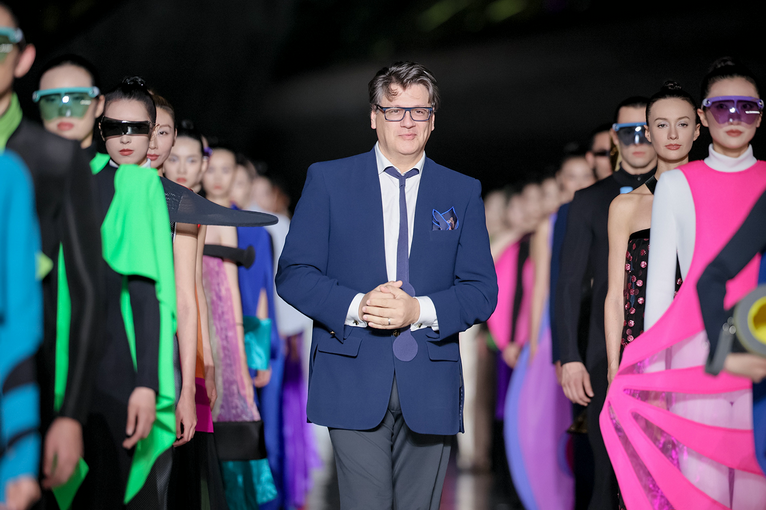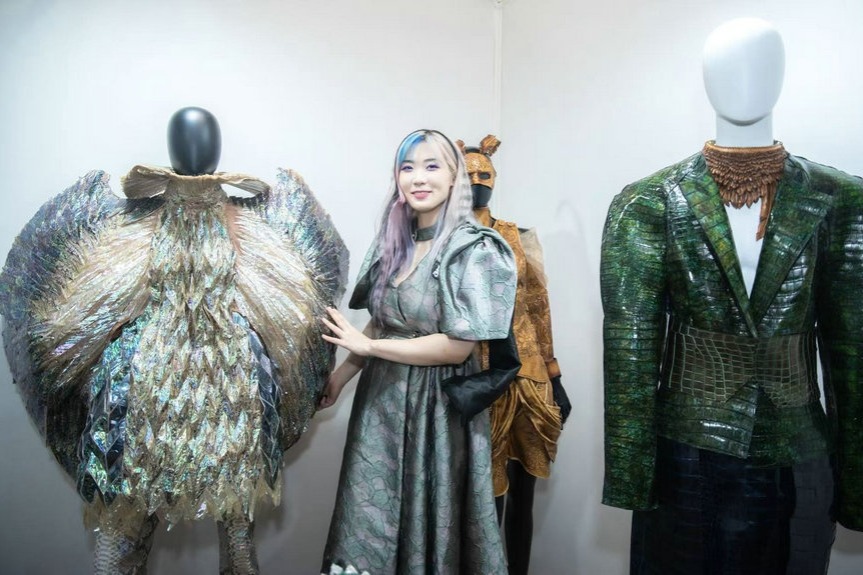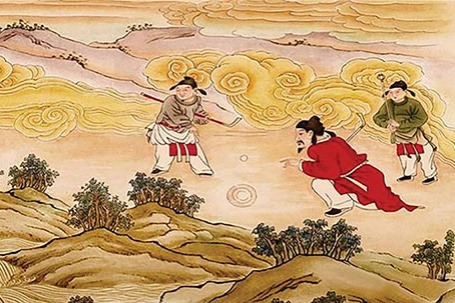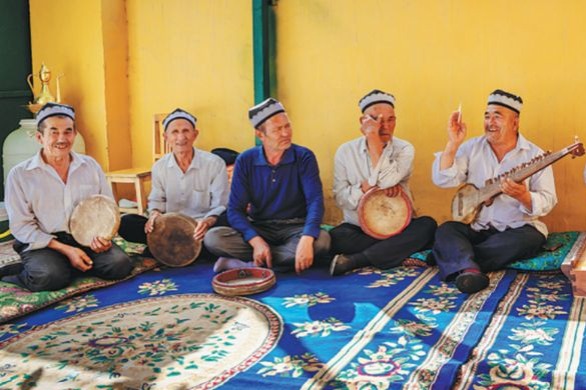Palace heritage reimagined
Young vlogger Maodou (pseudonym) transforms ancient Chinese relics into living characters through creative makeup, bridging traditional culture and modern digital art.

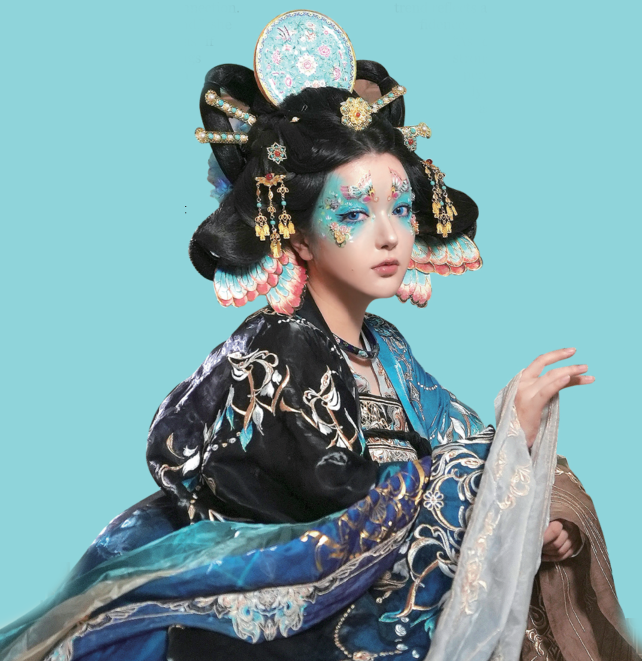
What if centuries-old relics could come to life as modern Chinese beauties?
This imaginative idea has become a reality thanks to Maodou (pseudonym), a young Chinese vlogger with more than a million followers, who transforms ancient artifacts into living characters through creative makeup videos.
Maodou has been fascinated by traditional Chinese culture since childhood and enjoys treating cultural relics as living beings, believing that every relic has its own soul and story to tell — a belief that inspired her video series.
As an art student, she sees her "relic makeup" as the perfect way to blend her artistic skills with her passion for culture.
Her unique approach has quickly captured online attention. So far, her videos featuring national treasures have garnered over 90 million views on Douyin, the Chinese version of TikTok.
One of her latest works draws inspiration from a painted enamel plate from the Palace Museum in Beijing, also known as the Forbidden City. Originating in France, painted enamel was highly prized by the Qing Dynasty (1644-1911) court. In Maodou's imagination, this art form becomes an elegant noblewoman — a blend of Western charm and imperial Chinese poise — living in the Forbidden City.
"The painted enamel embodies both the enchanting allure of Western fantasy and the resilient spirit of the East," she said.
Among all the artifacts she has explored, the one that touches her most is the Jewel-inlaid Gold Cup with 'Everlasting Territory' Inscription, also housed in the Palace Museum.

According to the official website of the museum, the cup is a rare artifact that once served as the emperor's designated vessel for the Imperial New Year Brush-Opening Ceremony, a Qing court ritual in which the emperor began the year's writing with auspicious characters to pray for good fortune in the coming year. Acclaimed as the pinnacle of gold and silver craftsmanship, the cup is lavishly decorated with baoxianghua, a floral motif symbolizing peace and prosperity, with each flower's center inlaid with pearls, rubies, and sapphires.
"I was first struck by its beauty," said Maodou. But when she learned that there were originally four such cups in the Forbidden City — separated during wartime, with only one remaining in Beijing — she felt a deeper connection.
"It was so sad," she said. "It was as if four close siblings had been torn apart."
Therefore, when designing her makeup based on the cup, Maodou merged all four cups into a single face. "I hoped that, at least within the small world of my video, they could be reunited," she explained.
To recreate the patterns and elements of the cups on her face with a three-dimensional effect, Maodou handcrafted most of the makeup accessories herself. She carefully tested many options to find materials that were both lightweight and durable enough for facial use.
"To be honest, I wasn't very good at makeup at first, and I had my share of failed attempts," she recalled.
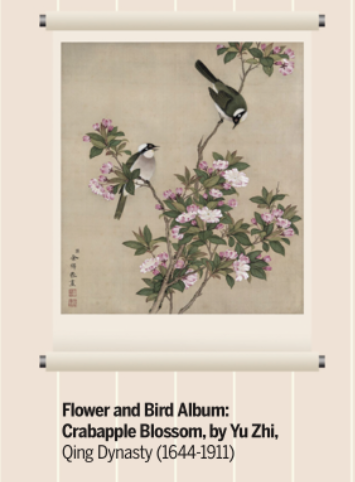
Art comes alive
On average, it takes Maodou about two weeks to complete a single makeup video. Once the topic is chosen — either based on her own interests or suggestions from her followers — she begins the design process.
Drawing inspiration from the appearance of a selected artifact, Maodou first forms a rough idea in her mind, including the color scheme. She then conducts further research to refine the details.
In addition to online research, she also visits museums whenever possible to observe the relics firsthand. These visits not only help her shape the concept for filming but also deepen her connection with the artifacts.
"These objects were once touched by the warmth of ancient hands, are now gazed upon by our eyes, and might even hear our conversations in museums," she said.
Her goal is to portray relics in her videos with both historical depth and cultural continuity, making tradition feel dynamic and relevant to contemporary audiences.
"I believe that relics and intangible cultural heritage, which possess their own vitality, are also shaped by us modern people throughout their long history," Maodou said. "In that sense, they are constantly evolving."
Centuries ago, traditional techniques like painted enamel experienced the integration of Eastern and Western civilizations. Today, in a world where cultures continue to interact and learn from one another, Maodou hopes more people around the world can appreciate the enduring and unique charm of Chinese traditional culture.
This year marks the 100th anniversary of the founding of the Palace Museum, and traditional Chinese aesthetics are attracting increasing attention both at home and abroad. Maodou believes this trend reflects a rising cultural confidence.
"As our country grows stronger and more prosperous, people naturally seek a sense of self-assurance," she said.


















